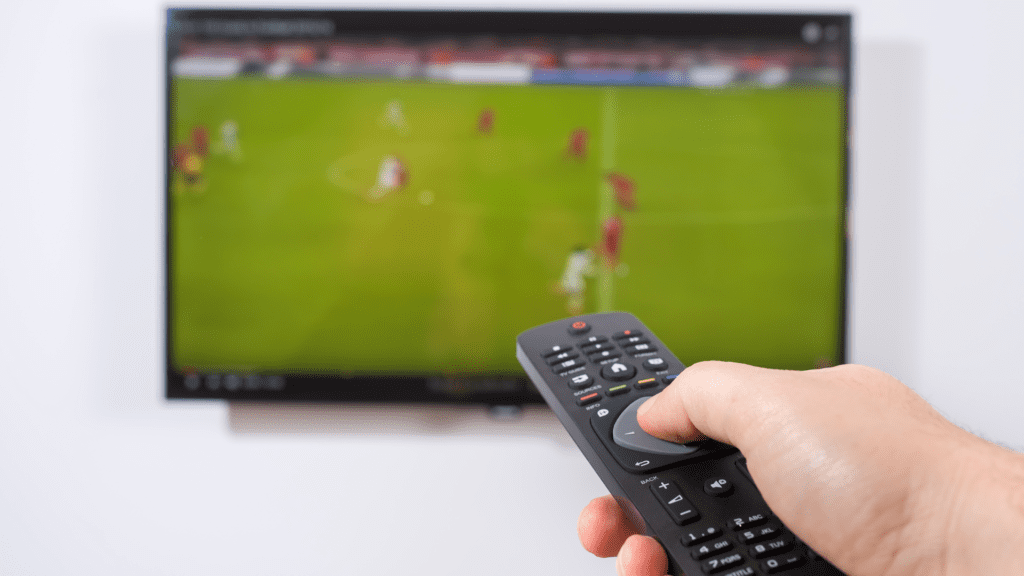The convenience of IPTV (Internet Protocol Television) has redefined how we consume media. Whether watching live TV, streaming movies, or catching up on missed episodes, IPTV offers flexibility and a plethora of content options. However, nighttime viewing can sometimes present unique challenges, including buffering, lagging, and reduced streaming quality. This guide provides actionable tips to enhance IPTV performance during nighttime use, ensuring a smooth and enjoyable viewing experience.
Understanding Common Nighttime IPTV Issues
Nighttime usage typically sees a surge in internet traffic as more people are online, leading to potential bandwidth congestion. This can affect IPTV performance, causing buffering, lag, and pixelation. Understanding these common issues is the first step in addressing them effectively.
Bandwidth Congestion
- High Traffic Periods: Internet service providers (ISPs) often experience peak usage during evening hours, leading to bandwidth congestion.
- Shared Connections: Households with multiple devices connected simultaneously can strain the available bandwidth, impacting IPTV performance.
Network Interference
- Wi-Fi Interference: Wireless networks are susceptible to interference from other electronic devices, physical obstructions, and competing networks, especially in densely populated areas.
- Signal Range: The distance between the router and the streaming device can affect signal strength and stability.
Device Performance
- Hardware Limitations: Older or less powerful devices may struggle to handle high-definition streams, particularly during extended viewing sessions.
- Software Issues: Outdated firmware, apps, or operating systems can lead to compatibility and performance problems.

Tips to Improve IPTV Performance
1. Optimize Your Internet Connection
Upgrade Your Internet Plan
- Higher Bandwidth: Consider upgrading to an internet plan with higher bandwidth to accommodate peak usage times.
- Fiber Optic Connection: If available, fiber optic connections offer more stable and faster internet speeds compared to traditional cable or DSL.
Use a Wired Connection
- Ethernet Cable: Connecting your IPTV device directly to the router using an Ethernet cable ensures a more stable and faster connection compared to Wi-Fi.
Position Your Router Strategically
- Central Location: Place your router in a central location in your home to ensure even distribution of the Wi-Fi signal.
- Elevated Position: Positioning the router at a higher level can help minimize obstructions and interference.
2. Optimize Wi-Fi Performance
Minimize Interference
- Reduce Competing Devices: Turn off or limit the use of other devices that may interfere with the Wi-Fi signal, such as microwaves, cordless phones, and Bluetooth devices.
- Channel Selection: Use your router’s settings to switch to a less congested Wi-Fi channel.
Use Wi-Fi Extenders or Mesh Networks
- Wi-Fi Extenders: These devices can help boost the signal to areas with weak reception.
- Mesh Networks: For larger homes, mesh network systems provide consistent coverage by using multiple nodes to distribute the signal evenly.
3. Enhance Device Performance
Update Firmware and Software
- Router Firmware: Regularly update your router’s firmware to benefit from performance improvements and security patches.
- IPTV App and Device: Ensure that your IPTV app and device firmware are up to date.
Close Background Applications
- Device Resources: Close unnecessary background applications on your streaming device to free up resources and improve performance.
Optimize Device Settings
- Streaming Quality: Adjust the streaming quality settings in your IPTV app. Lowering the resolution slightly can help reduce buffering during high traffic periods.
- Reduce Motion Smoothing: If your TV or streaming device has motion smoothing features, turning them off can sometimes improve streaming performance.
4. Leverage Quality of Service (QoS) Settings
Prioritize IPTV Traffic
- QoS Settings: Many modern routers have QoS settings that allow you to prioritize certain types of traffic. Set your IPTV device as a high-priority device to ensure it gets the necessary bandwidth.
5. Choose the Right IPTV Service
Reliable Providers
- Service Reputation: Choose an IPTV service provider known for reliable performance and customer support.
- Server Locations: Providers with multiple server locations can offer better performance by reducing latency.
Optimal Server Selection
- Nearest Servers: If your IPTV app allows server selection, choose a server geographically closest to your location to minimize latency.
6. Manage Network Load
Schedule Heavy Downloads
- Off-Peak Hours: Schedule large downloads or bandwidth-intensive activities for off-peak hours (e.g., early morning) to avoid network congestion during your viewing times.
Limit Concurrent Streaming
- Device Management: Limit the number of devices streaming simultaneously on your network. This helps ensure that your IPTV service gets sufficient bandwidth.
7. Use VPN Services Wisely
Bypass ISP Throttling
- VPN Benefits: A VPN can help bypass ISP throttling during peak hours. Choose a VPN service with fast and reliable servers to avoid introducing additional latency.
Optimal VPN Servers
- Server Proximity: Connect to VPN servers that are geographically close to your IPTV service’s servers for optimal performance.
8. Regular Maintenance and Checks
Clear Cache
- App Maintenance: Regularly clear the cache of your IPTV app to prevent performance issues related to accumulated temporary files.
Reboot Devices
- Periodic Reboots: Restart your router and IPTV device periodically to clear memory and resolve minor software glitches.
Conclusion
Improving IPTV performance during nighttime use involves a combination of optimizing your internet connection, enhancing device performance, and managing network load effectively. By implementing these tips, you can minimize buffering, reduce lag, and ensure a smooth, uninterrupted viewing experience. Whether through upgrading your internet plan, optimizing Wi-Fi settings, or leveraging QoS features, each step contributes to a more reliable IPTV service, allowing you to enjoy your favorite content without frustration.

